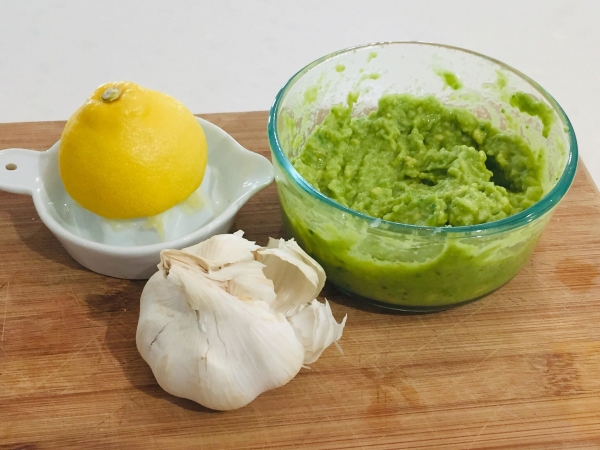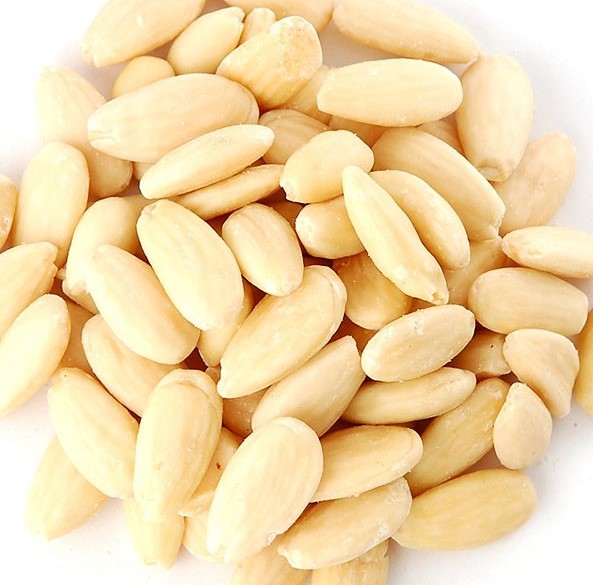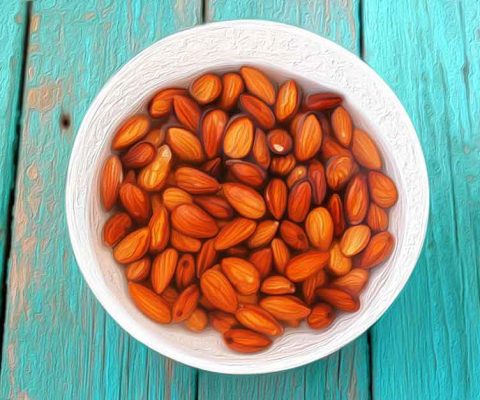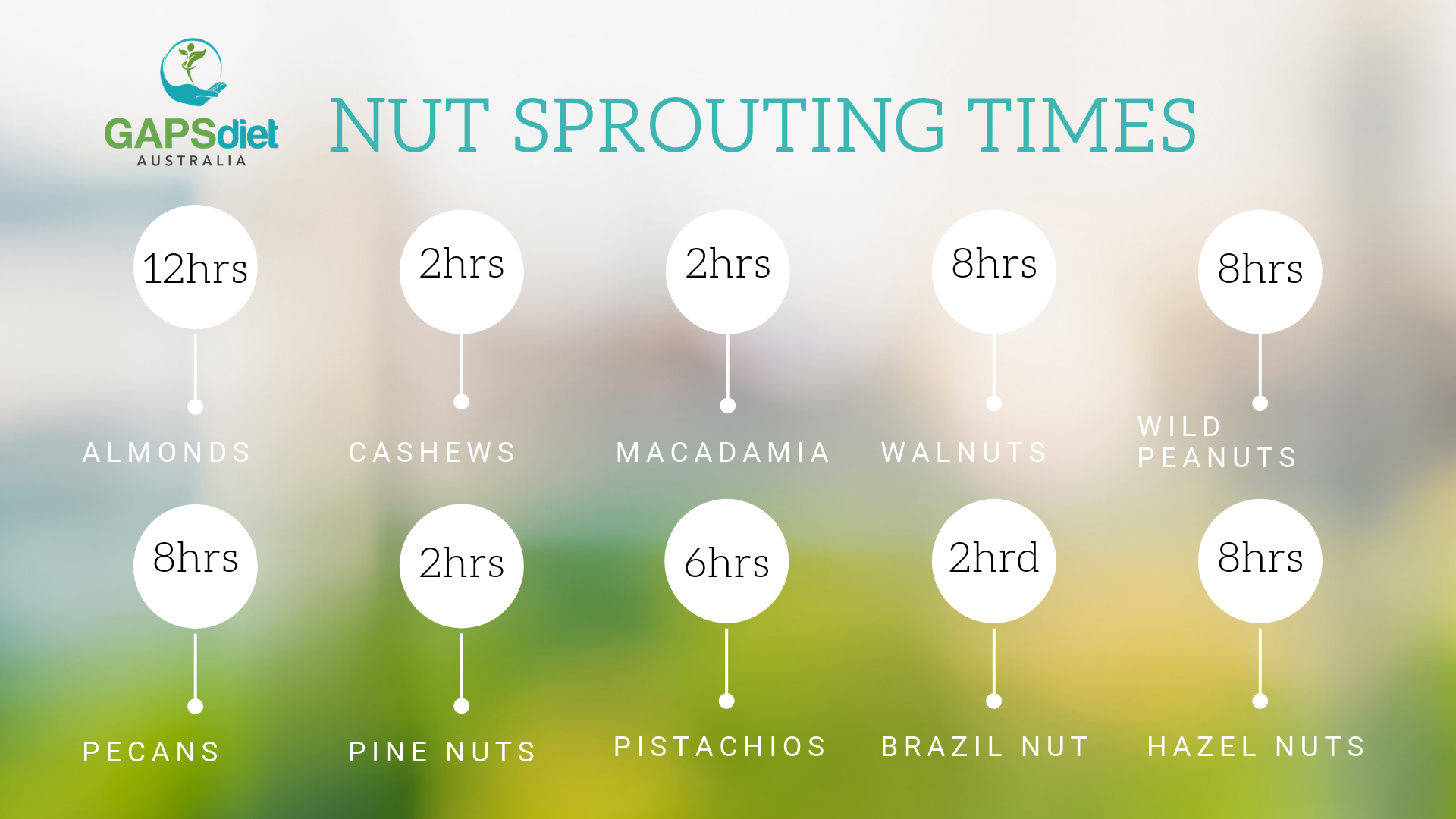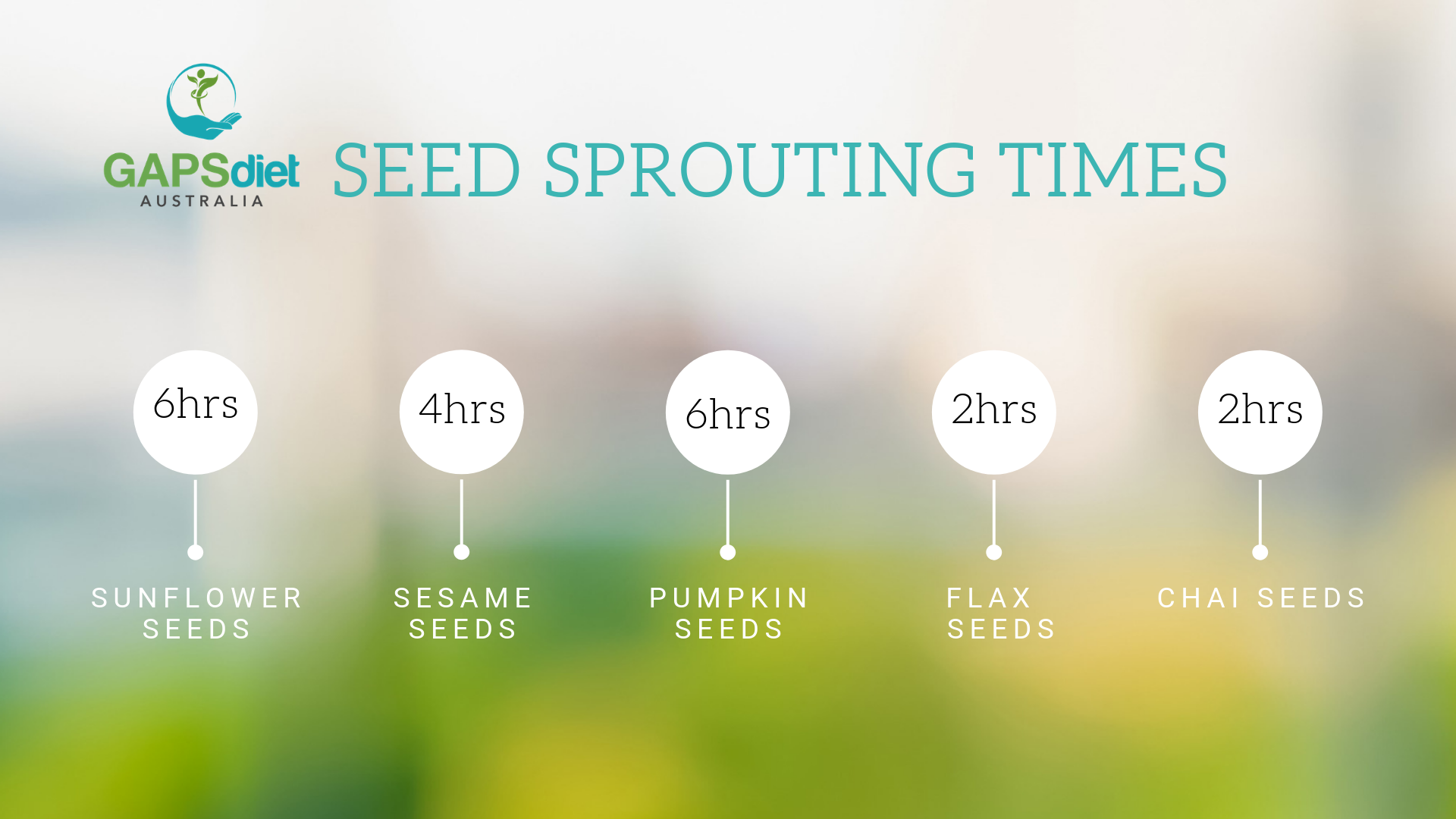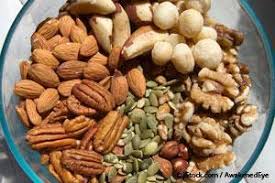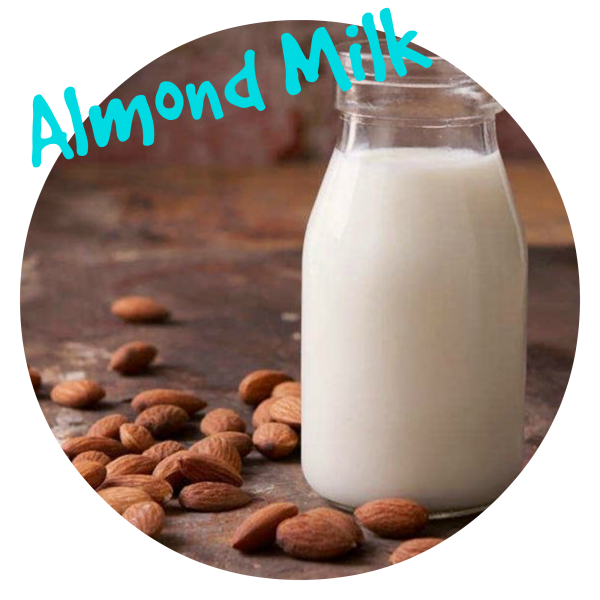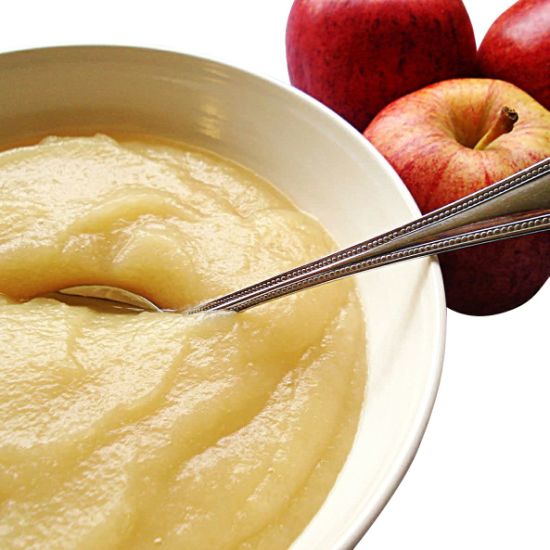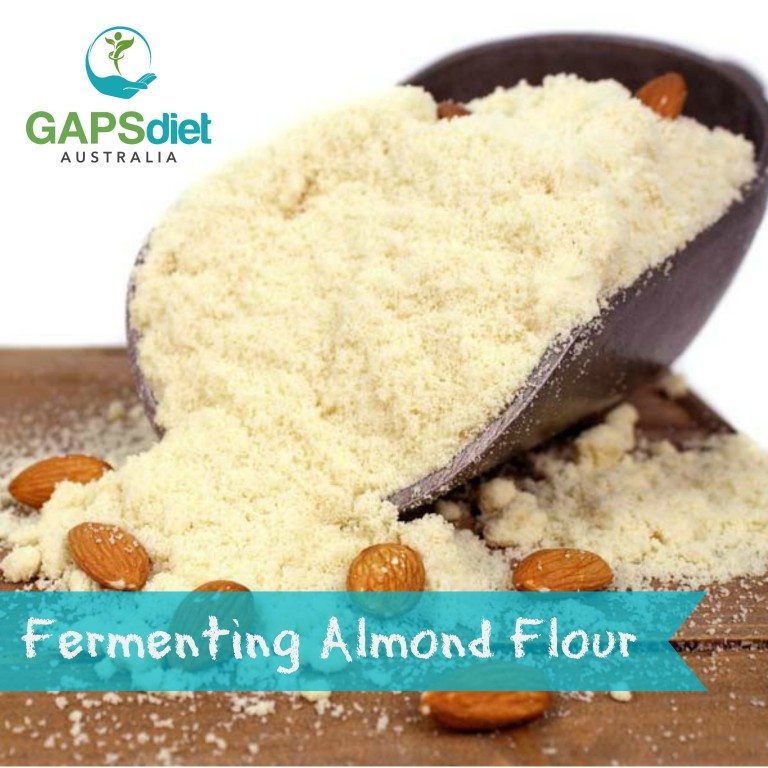Serve ripe avocado daily with every bowl of soup and with meats and fish. Avocados are a great source of vitamins C, E, K, and B-6, as well as riboflavin, niacin, folate, pantothenic acid, magnesium, and potassium. They also provide lutein, beta-carotene, and omega-3 fatty acids. Although most of the calories in an avocado come […]
This recipe is appropriate from stage three onward
Votes: 0
Rating: 0
You:
Rate this recipe!
|
|
Votes: 0
Rating: 0
You:
Rate this recipe!
|
Instructions
Slice the avocado down the middle and around the seed. Remove the seed and scoop the avocado out of it's skin and place into a small bowl.
Crush the garlic with a garlic crusher and add it to the avocado. You may want to start with a small amount of garlic as raw garlic can have quite a bite, however one of the best foods for the immune system so I like to have at least 4 cloves.
Add the lemon juice and crush all the ingredients together with the back of a fork or use a potato masher. When the texture is smooth to your liking, store in the fridge. The lemon juice will help preserve the colour for a while and it should last a couple of days in the fridge.

